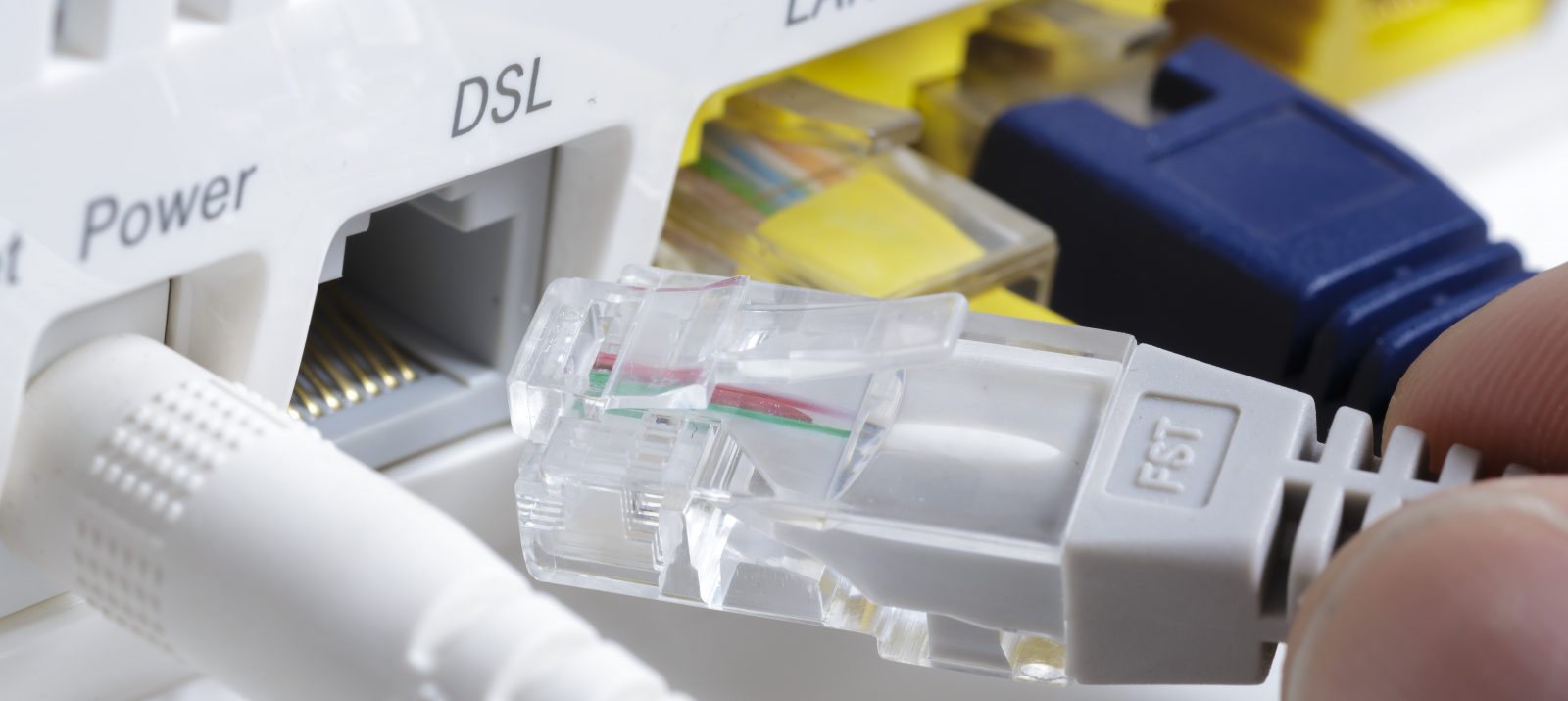
Actually, Leon should have been asleep a long time ago so that he would be fit for the class test tomorrow. Instead, he’s probably chatting with his buddies all night again or the incoming messages in the class group are keeping him awake. But you don’t want to switch off the WLAN connection, because you still have to write an important e-mail. Conveniently, there are routers where you can assign user profiles so that Leon can no longer access the WLAN after a certain time and sleep peacefully.
There is an Internet connection in almost every family. Most often provides a WLAN router in the hallway for stable Internet. You can usually borrow one from your Internet provider. Or you can buy a FRITZ!Box. With the settings options of this router, the Internet use of individual devices can be restricted and adjusted. These parental control settings are one way to make surfing safer for your child.
With FRITZ!Box, you can access all devices logged on to the network in the browser at http://fritz.box and make settings. In addition to account, telephony and software settings, you can also limit and adjust the Internet usage of individual devices here.
To make parental control settings, go to “Filters” in the left column via “Internet”. There you can control Internet access for all devices registered in your home network. Under “Parental Control” you assign access profiles to individual devices. You can define and customize these yourself under “Access profiles”. You use it to define how network devices, whether smartphones or computers, are allowed to use the Internet. For each profile, you can limit online time, share or restrict network applications, and block certain Internet sites. There is also the possibility to block websites that are harmful to minors, as well as to store a blacklist and whitelist, i.e. permitted and prohibited websites. These can be edited under “Lists”.
Unfortunately, adolescents in puberty do not always think about the consequences of their actions. So Leon probably doesn’t worry about the fact that he might have to write an overtired class assignment tomorrow. That’s why technical solutions such as settings on the WLAN router can support media education at home. You can partially protect your child from content harmful to minors and limit online time if they don’t think of it themselves and you can’t check it. Discuss such settings with your child beforehand and still give him or her the necessary freedom to decide on his or her own media use. Technical settings are no substitute for the joint negotiation and establishment of clearly understandable media rules for everyone.